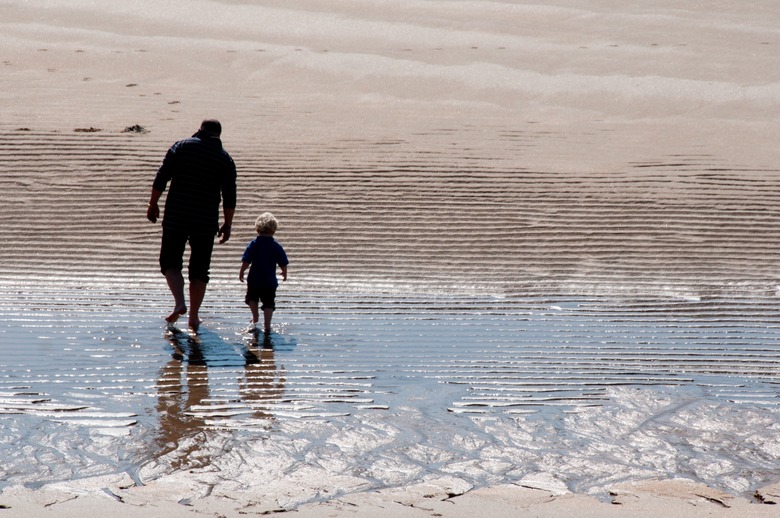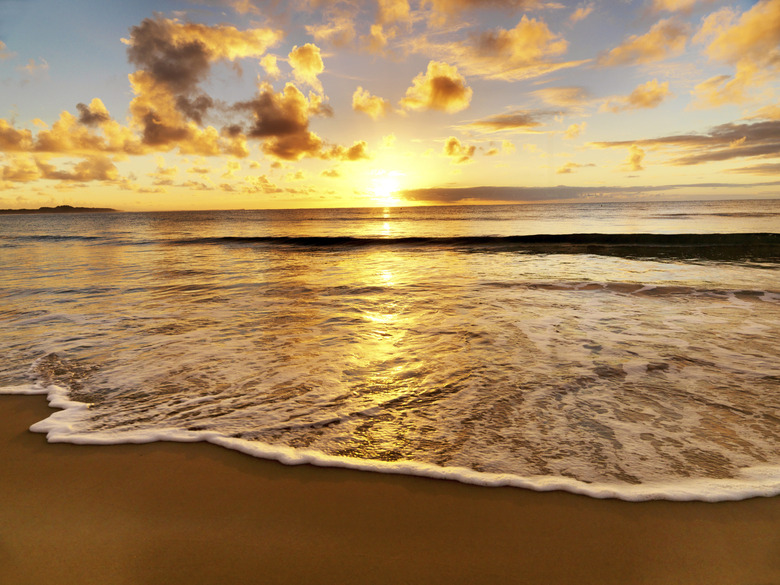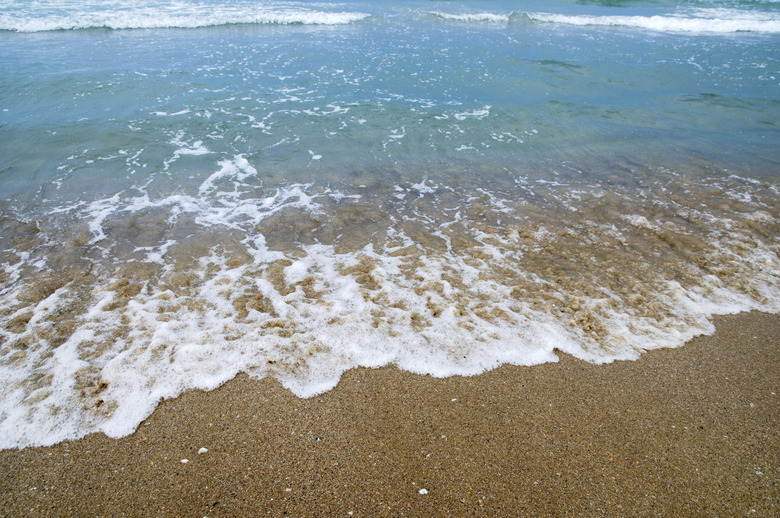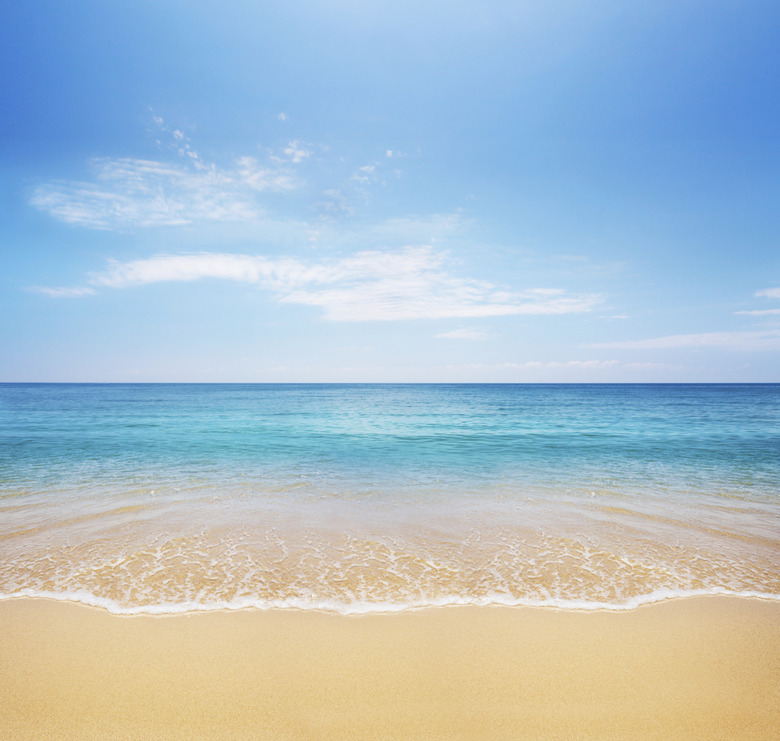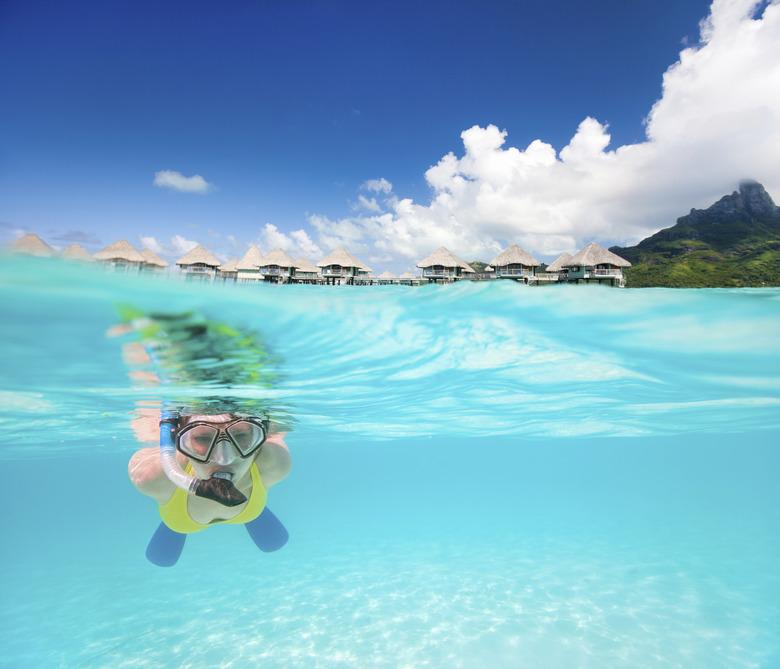The Four Different Types Of Tides
Many people of all different interests and ages enjoy learning about ocean tides. Kids may learn about tides while studying marine life in school, while an engineer may use the tides to source alternative energy. All tides involve the rise and fall of sea levels but vary according to the lunar, solar and atmospheric forces at work. There are three basic types of daily tides and a fourth type that encompasses atmospheric variations.
Diurnal Tide
Diurnal Tide
A diurnal tide has one episode of high water and one episode of low water each day. These tides usually occur in locations when the moon is farthest from the equator. In the United States, you'll find diurnal tides along the coast of the Gulf of Mexico.
Semi-diurnal Tide
Semi-diurnal Tide
A semi-diurnal tide has two episodes of equal high water and two episodes of low equal water each day. The second high tide rises to the same level it did in the first high tide and the second low tide falls to the same level it did in the first low tide. Semi-diurnal tides tend to occur when the moon is directly over the equator. This is the most common type of tidal pattern. You'll see semi-diurnal tides along the U.S. Atlantic coast.
Mixed Tide
Mixed Tide
Mixed tides, like the semi-diurnal tide, can have two episodes of high water and two episodes of low water per day. However, unlike a semi-diurnal tide, mixed tides are unequal, meaning they do not rise and fall to the same levels. Mixed tides can either include both sets of unequal high and low waters, or only one set of unequal high or low waters. Mixed tides will happen when the moon is extremely far north or extremely far south of the equator. View mixed tides along the U.S. Pacific coast. For mixed tides, it is helpful to purchase a tide book to know when the high and low tides will occur.
Meteorological Tide
Meteorological Tide
The first three tides listed are astronomical tides, meaning they are influenced by gravitational actions of the sun, moon and Earth. Meteorological tides represent all atmospherically influenced tides, such as those affected by wind, barometric pressures, rainfall, ice melting and land drying. One example of a meteorological tide is a storm surge, when wind and inverted barometric pressure combine to cause a dramatic increase in sea levels.
Cite This Article
MLA
Kay, Margaret. "The Four Different Types Of Tides" sciencing.com, https://www.sciencing.com/list-7653299-four-different-types-tides/. 7 August 2017.
APA
Kay, Margaret. (2017, August 7). The Four Different Types Of Tides. sciencing.com. Retrieved from https://www.sciencing.com/list-7653299-four-different-types-tides/
Chicago
Kay, Margaret. The Four Different Types Of Tides last modified March 24, 2022. https://www.sciencing.com/list-7653299-four-different-types-tides/
